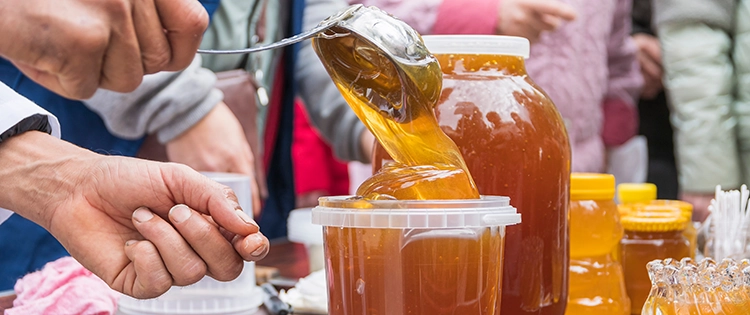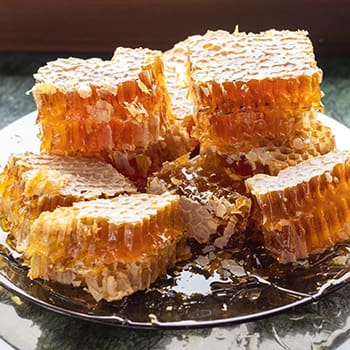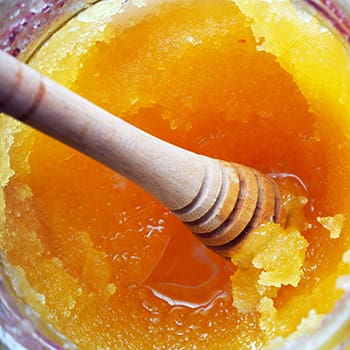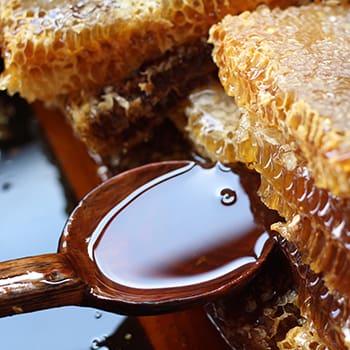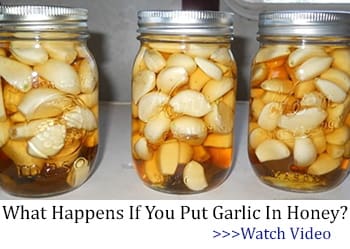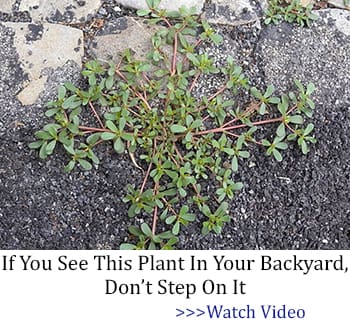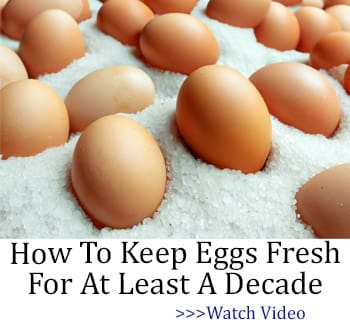Honey has been around for thousands of years and has always been an ingredient that everyone has in their kitchen. People have used it for its nutritional and medicinal properties. It is known for its extensive shelf life in comparison to other foods.
However, that does not mean honey is not prone to spoilage. When stored under the wrong conditions, it will go bad just as fast as any other food. Therefore, it is important for homesteaders to know what signs to look for when honey is no longer edible.
When Does Honey Go Bad?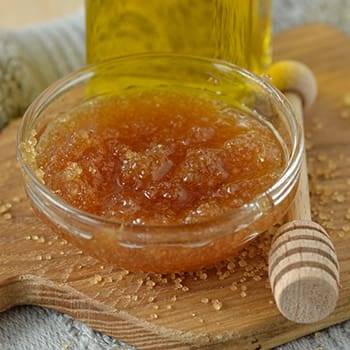
Honey, when stored under the right conditions does not go bad. We know this because of the discoveries of ancient honey that still appeared edible. Archaeologists have found pots of honey that were thousands of years old in Egyptian tombs.
However, the Egyptians were renowned for their ability to store perishable items for centuries due to their expertise in environmental conditions and preservation techniques. Since these techniques were not commercialized, the evidence suggests that storing honey for centuries is no longer possible. For example, honey can attract clostridium botulinum bacteria.
Although these bacteria are not harmful, when they are starved of oxygen in bottles or closed cans, they can produce extremely toxic poisons. These resistant bacteria are known as spores, and while they are harmless to adults and older children if a baby under the age of 1 swallows it, the consequences can be life-threatening. To avoid consuming contaminated honey, do not eat it if the can is damaged, bulging, or has a foul smell.
Signs That Honey Has Gone Bad
Here are some common signs that your honey has gone bad and that it is no longer edible:
Fermentation: Honey ferments when it absorbs too much moisture. Signs of fermentation include a frothy texture or bubbles on the surface, a yeasty or sour smell, and a rancid taste.
Color and Smell: It is normal for honey to become darker in color and adopt a stronger flavor over time. However, significant changes in smell and color are a sign that the honey has been exposed to excessive light and heat. If a light-colored honey becomes too dark and the smell too strong, it’s best not to eat it.
Crystallization and Moisture: Crystallization is a natural process where honey’s glucose sugar’s solidifies. But when the honey absorbs moisture during this process, it creates an environment for yeast to grow which leads to spoilage.
5 Ways Homesteaders Can Benefit From Honey
Honey is a valuable and versatile resource for homesteaders providing many practical uses around the home. Here are 5 ways homesteaders can benefit from honey:
- Food Preservation: Honey contains antimicrobial properties that can assist with food preservation. It can be used to make fruit preserves, jellies, and jams.
- Natural Sweetener: If you are committed to living a healthy lifestyle, eliminating processed sugar from your diet is essential. Honey acts as a natural sweetener for food and drinks.
- Home Remedies: Dress wounds with honey to prevent infection and speed up recovery. Honey contains antibacterial properties which help to promote healing.
- Rooting Hormones: Rooting hormones are used to ensure the cuttings from the plant’s roots are successful. A combination of honey and cinnamon will protect cuttings from pathogens and prevent fungus growth. Create the root hormone by combining 1 tablespoon of honey with 2 cups of warm water. Stir until the honey has completely dissolved and leave the mixture to cool down to room temperature. Before planting, dip the roots into the honey water, and then use a teaspoon to sprinkle the cinnamon over the top.
- Animal Care: Honey contains many vitamins and minerals that will improve the health of your livestock such as antioxidants, zinc, potassium, and iron. Adding a small amount of honey to your livestock’s feed will provide them with additional nutrition.
How to Extend the Shelf Life of Honey
To maintain the freshness of honey for as long as possible, do the following:
Store honey in a cool, dry, location, protected from direct sunlight. Honey doesn’t do well in extreme temperatures. Therefore, keep it at room temperature between 18 degrees C and 24 degrees C/64 degrees F and 75 degrees F.
When getting honey out of a jar, whether you are using a knife or a spoon, always wash and dry the utensils beforehand to avoid contamination.
It is not uncommon for people to store items near heat sources such as cookers and kettles. Fluctuating temperatures will accelerate the expiration of honey. Therefore, keep honey away from anything that radiates heat.
Honey doesn’t contain much water making it difficult for bacteria to grow in it. But when honey is stored in jars that are not sealed properly, it attracts moisture. To prevent this, keep honey in its original container or transfer it into a glass jar with a rubber lid. Be sure to tighten the lid after each use.
If you do decide to store your honey in a different container than the one you originally purchased it in, make sure it isn’t metal. The acids from the honey can promote oxidation which will accelerate spoilage.
Related: Have You Been Using Fake Honey?
Don’t store honey in the fridge or freezer or it will harden and cause it to crystalize.
Honey originates from bees, it is a naturally occurring substance. However, honey production is very expensive. It is labor intensive and dependent on natural factors like floral sources and climate. To cut costs, manufacturers dilute honey with cheaper substances such as:
- Molasses
- Rice syrup
- Inverted sugar syrup
- High-fructose corn syrup
Honey adulteration reduces its shelf life, you can avoid buying adulterated honey by purchasing it from reputable sources.
While it is true that honey does have a long shelf life, it is not invincible. Understanding the things that can affect its shelf life, recognizing the signs of spoilage, and adhering to proper storage instructions will ensure that your honey does not degrade or ferment allowing you and your family to enjoy it for many years down the line.
How To Preserve Foods In Honey
Cheap and Easy to Build Root Cellar in Your Own Backyard (Video)
10 Foods To Store In Lard For A Long Shelf Life
